- News
- Reviews
- Bikes
- Components
- Bar tape & grips
- Bottom brackets
- Brake & gear cables
- Brake & STI levers
- Brake pads & spares
- Brakes
- Cassettes & freewheels
- Chains
- Chainsets & chainrings
- Derailleurs - front
- Derailleurs - rear
- Forks
- Gear levers & shifters
- Groupsets
- Handlebars & extensions
- Headsets
- Hubs
- Inner tubes
- Pedals
- Quick releases & skewers
- Saddles
- Seatposts
- Stems
- Wheels
- Tyres
- Tubeless valves
- Accessories
- Accessories - misc
- Computer mounts
- Bags
- Bar ends
- Bike bags & cases
- Bottle cages
- Bottles
- Cameras
- Car racks
- Child seats
- Computers
- Glasses
- GPS units
- Helmets
- Lights - front
- Lights - rear
- Lights - sets
- Locks
- Mirrors
- Mudguards
- Racks
- Pumps & CO2 inflators
- Puncture kits
- Reflectives
- Smart watches
- Stands and racks
- Trailers
- Clothing
- Health, fitness and nutrition
- Tools and workshop
- Miscellaneous
- Buyers Guides
- Features
- Forum
- Recommends
- Podcast
feature
 How much rest do I need between rides Dec 2023
How much rest do I need between rides Dec 2023How much rest do I need between rides? Avoid overtraining and become a fitter, faster cyclist
To be a stronger and faster cyclist, consistent riding is essential. This involves strengthening your heart, lungs, and skeletal muscles, which requires stress and progressive overload for adaptation. The 'stress' and 'progressive overload' come from the training load, but interestingly, these adaptations occur during the rest periods between efforts. This raises the question, how much rest do you actually need between rides to become the new Tadej Pogacar or Demi Vollering? Or just to keep with the pack in the club run or cycle to work a few times a week, if these are your (much more realistic) goals...
Know thyself
> How hard is it to train like a pro cyclist?
“Ultimately, this comes down to the individual,” says cycling coach Pav Bryan, who’s just helped launch a new training and community hub at unbrokenvtc.com.
“The way I work with my clients is to use their subjective feedback – how they are feeling and general mood – and objective measures (heart rate variability figures, resting heart rate, sleep, workout data and so on) to build a big picture about how they tend to recover from training.
“I have athletes who are new to structured training and take three rest days per week, and then I have athletes who can train seven days per week if we are careful about how recovery factors into that."
“But as a broad brush, for those new to structured training and non-coached, I’d suggest starting with two rest days per week and then tracking quality of sleep, general mood, how eager they are to get out of bed in the morning and similar measures. Any time any of these start to worsen indicates a need for a rest day.”
These objective metrics are ticked off by one of the many sports watches or bands on the market, including Whoop and training tools from Polar, Garmin, and Suunto. Just note that when it comes to measuring your sleep, while most watches are pretty good at measuring the quantity of sleep, their accuracy may vary when it comes to tracking different sleep phases. Nevertheless, these devices can still provide valuable insights, highlighting trends and patterns that contribute to a better understanding of your overall well-being.
Managing your stress
As Bryan mentions, experience counts. “There are general factors that influence number of rest days including (but not limited to!) current state of fitness and time in a trained state (or time training in a structured manner),” says Bryan. “That is to say that the longer someone has been riding, the better their body will be at coping with that stress and thus need less rest days.”
> How to get the most from your limited training time
“Just remember that this stress takes many forms,” adds Bryan. “Job, family situation and other factors all increase overall stress levels. While it’s obvious that people who have a very physically demanding job might need to factor more rest and recovery into their overall routine, people who make a lot of decisions or are under a great deal of mental stress do too.
“I like to think of stress (all stress; mental, physical and training stress) being accumulated in your body the same way you might fill up a bottle with water using a funnel. The faster you pour water into the funnel, the more chance you have of spilling. What we want to do, with training for mental and physical stress, is adapt the body to have a bigger funnel.”
One of the key stressful villains is the hormone ‘cortisol’. When you dig deep up that one-in-four, your body releases a cascade of hormones to help you match the challenge. This includes cortisol, which activates the sympathetic nervous system to generate a fight-or-flight response.
> How to eat right for sportives and long rides
Cortisol is responsible for myriad physiological changes, including the breakdown of fats and carbohydrates that stimulate a rise in blood sugar for immediate energy. This is all good when it comes to riding strong and fast, but the problem is that high levels of cortisol also repress your immune system. Vis-à-vis, if you’re enduring a stressful time off the bike, your immunity’s fragile and you can fall ill. It’s one reason why riding every single day is not ideal, unless you're very well trained or an elite.
“You could do it but not permanently,” says Bryan.
“I’d expect the quality of someone’s training to gradually drop over time. I do think some people can get away with active recovery instead of rest. Again, maybe not every day, but certainly for periods where you might see a three-week block of training with two 30-minute active recovery days per week instead of rest.
"Anything above recovery intensity is training, though, and adding to the stress the body is trying to cope with, so it would be very important to be strict with those workouts.”
Importance of recovery
> How to boost your cycling fitness when you’re over 50
As Bryan mentions, if you are keen to ride every day, see a couple of these efforts as 'active recovery'. Active recovery is about ticking your legs over at a low intensity, the idea being that you more rapidly flush out toxins and metabolic by-products of cycling. It’s supported by a 2010 study published in the Journal of Sports Sciences that revealed “active recovery after strenuous exercise clears accumulated blood lactate faster than passive recovery”.
Then again, passive recovery, which usually involves a day of rest but can also include other activities like massage or a cheeky sauna, is vital, too. As well as providing physical downtime, it’s needed mentally, too, to add a little freshness. This can then stimulate good form the next time you hop on the bike.
And the best mode of passive recovery?
“That’s sleep,” says Professor Shona Halson, deputy director of the SPRINT Research Centre at Australian Catholic University’s School of Behavioural and Health Sciences. Halson is also the former head recovery physiologist at the Australian Institute of Sport.
She adds “There’s been a huge amount of research that shows sufficient sleep bolsters your immune system, improves memory and decision making, and strengthens your metabolic system. There are also a couple of studies that show that ‘sleep extension’ improves a variety of performance measures, including endurance performance in cycling.”
Again, one of the major benefits stems from your hormonal profile. Human growth hormone, or HGH, speeds up recovery thanks to repairing and rebuilding muscles. How is down to stimulating the liver and other tissues to make a protein called insulin-like growth factor 1 (IGF-1), which it does specifically during both hard exercise and sleep. In turn, lack of sleep equals lack of HGH resulting in impaired recovery.
> How to get fitter by training when you’re tired
Sleep shortage can contribute to increased levels of a hormone called ghrelin, and decreased levels of the hormone leptin, both of which influence appetite. Studies have consistently shown that insufficient sleep is linked to weight gain, often attributed to poor food choices. Considering the crucial role of nutrition in optimal recovery, a lack of sleep can impede your journey toward peak performance.
It's why, says Halson, you should aim for around eight or nine hours of sleep each night, but many of us struggle with this. If you’re one of the many who are sleep deprived, Halson offers this recovery-boosting advice: “Keep a consistent bed and wake time as often as possible; avoid excessive screen time before bed; avoid excessive caffeine in the afternoon; identify ways to manage stress if stress is an issue; and prioritise sleep, thinking of it as an important part of your training programme.”
This could well mean an afternoon kip.
“Napping’s really important if you’re sleep deprived,” says Halson. “A recent review we just completed looking at all the available napping literature in athletes, found that the optimal nap duration was 20-90 minutes between 1-4 pm. However, just note that if you aren’t sleep deprived or if you nap too much or too late in the day, then napping may impair the quality of your night-time sleep.”
One final piece of sleepy advice from Halson concerns those of you who are married to late-evening Zwift sessions. These are great for boosting fitness, but not so great for your sleep patterns.
“The main thing would be to cool down your body temperature, so a cooler shower could be useful. Also, have some downtime after training before sleep, so you’re not to ‘force’ yourself to sleep when you’re not ready", says Halson.
Eat, rub, dunk and compress
> What should you eat to recover after cycling?
After sleep, nutrition is your next best recovery tool, which is where a carbohydrate and protein shake (or any lean and natural protein source) comes in handy. The carbohydrates refill your glycogen stores (stored mainly in your liver and muscles, which you turn into glucose when needed), while protein begins the process of muscle repair.
Timing is key here, as enzyme activity and protein synthesis increases after cycling. If you miss out on refuelling within the first two hours post-ride, you’ll only take up 50% of what’s possible. So, it might take 48 hours to recover instead of 24. An hour after a long ride, continue to consume carbohydrates and protein via meals containing chicken, eggs, ham, rice and/or pasta.
“Massage is also beneficial,” says Halson. "Or you could try a foam roller or pulse gun. A couple of 15-minute sessions a week is enough to stimulate many of the benefits of ‘real’ massage including dilating blood vessels to accelerate the removal of waste products and cranking up the speed of oxygen delivery to the muscles. It also relieves muscle tension and soreness.”
> How to maximise your recovery
Cold-and-hot contrast – in other words, dunking in cold water before warming up – is another option, albeit unrealistic for most of us.
“You can just go cold,” says Halson, “as there’s certainly evidence that this helps recovery.”
Again, this is down to flushing out toxins rather quickly. It also helps sleep. On the flip side, there’s evidence that too much cold-water immersion actually inhibits adaptation to exercise, which is why you might prefer Halson’s final recovery hit, which is to use compression socks.
Compression socks work by applying greater pressure at the ankle than the calves, and so act like an extra heart, accelerating the venous return of blood and sending the free radicals generated from cycling back to the heart faster, which accelerates their breakdown as well as oxygenating the blood at double-quick speed. Fit is key, as the benefits of compression require enough pressure that the socks aren’t so tight that you apply a tourniquet but not so loose that it slips down.
All in all, don’t neglect the art of recovery. If you're reading this over the festive period, it'll be particularly relevant once the echoes of Auld Lang Syne die down as you’ll be looking to shift up efforts to shake off the Xmas excess. Which is fine. But do so pragmatically. A day or two of rest a week will pay dividends, and the consensus from our experts seems to be that at least two is ideal for most of us who have jobs, families and whatever else life throws at us to deal with each day. Eating and sleeping well are also very important, and massage and squeezing your limbs could also help. Keep it easy to ride strong.
What are your recovery tips? Let us know in the comments section below...
James is an experienced cycling writer whose palmares includes penning three books. His latest, Riding with the Rocketmen, charted his painful journey to the Etape du Tour finish line. Along the way, he learnt from Ineos in Andorra, got aero with Lawson Craddock in a wind-tunnel and cyclocrossed with Nick Craig. Despite that, he remained steadfastly moderate! He also edits the official Tour de France Guide, plus pens words for many other outlets, both in print and digital.
Latest Comments
- Daclu Trelub 1 sec ago
I had a Commer, the steering was by committee, the roadholding by Frankenstein and the economy by Shell. Utterly dreadful heap of junk, period.
- HLaB 4 min 45 sec ago
I don't really trust the police to do anything with that evidence, given my experiences the few times I contacted them previously. Its not worth...
- David9694 7 min 49 sec ago
Pictures: Shocking aftermath of A38 car crash in Rashwood, Droitwich https://www.worcesternews.co.uk/news/25080161.pictures-shocking-aftermat...
- 2old2mould 42 min 17 sec ago
I've often wondered if this would happen here one day, and very sad to hear it has. My view is that the track has a fundamental design flaw, as one...
- mdavidford 54 min 23 sec ago
Main thought that TwXtter video prompts is, why on earth does so much traffic need to be using a lane like that in the first place?
- I love my bike 2 hours 26 min ago
Should looking good, with no wrinkles when worn by a mannequin or standing human, rather than in the cycling position be the aim? It's unlikely...
- Secret_squirrel 2 hours 27 min ago
The challenge I have with expensive cycle shorts is rather like a saddle you dont know whether the pad will suit you until its too late....
- leedorney 2 hours 48 min ago
I'm 52 and love cycling, it's only in the last 10/20yrs that roundabouts have been turned into 'straight roads', with lane discipline of military...
- Velo-drone 4 hours 46 min ago
I think you'll find that refugees most places are often very grateful for a bike....
- Keesvant 5 hours 59 min ago
Yes, i use a bolt v1 too....
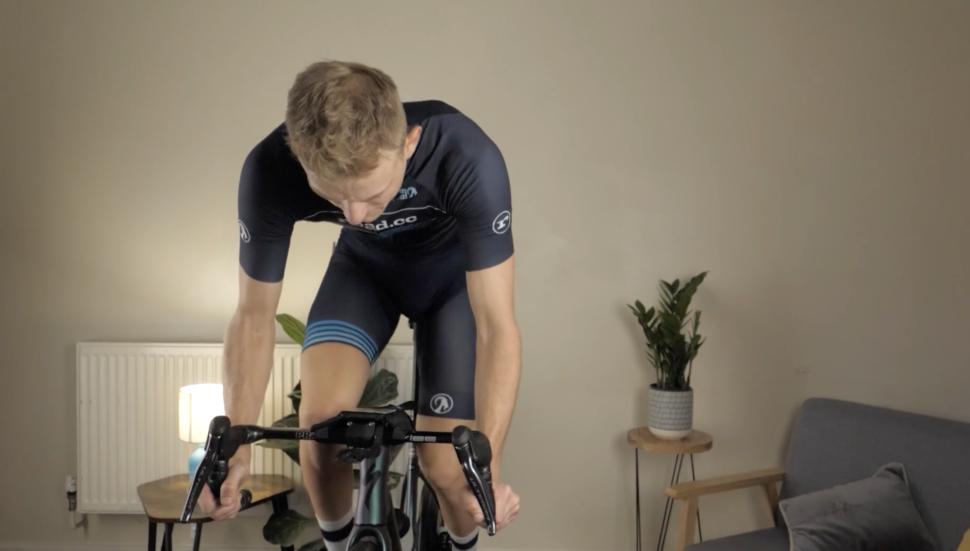
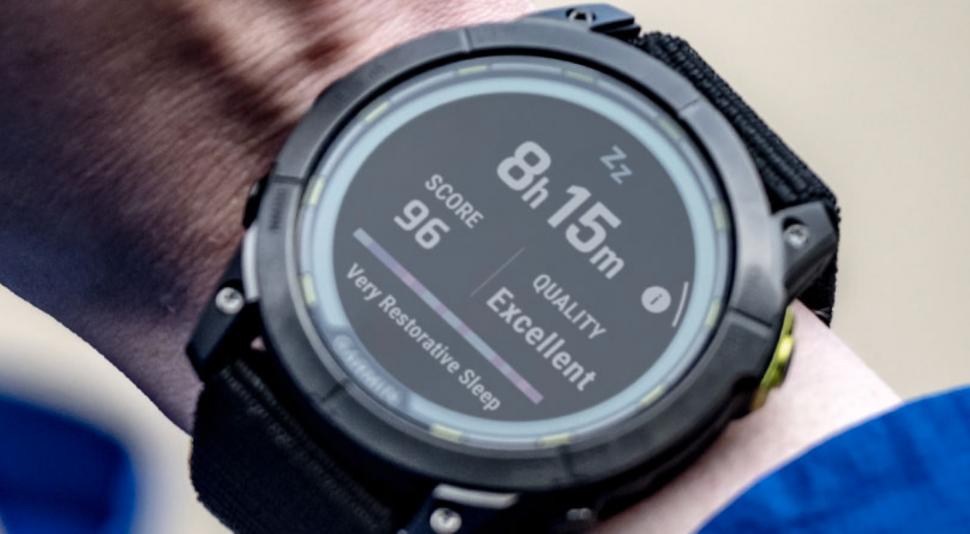
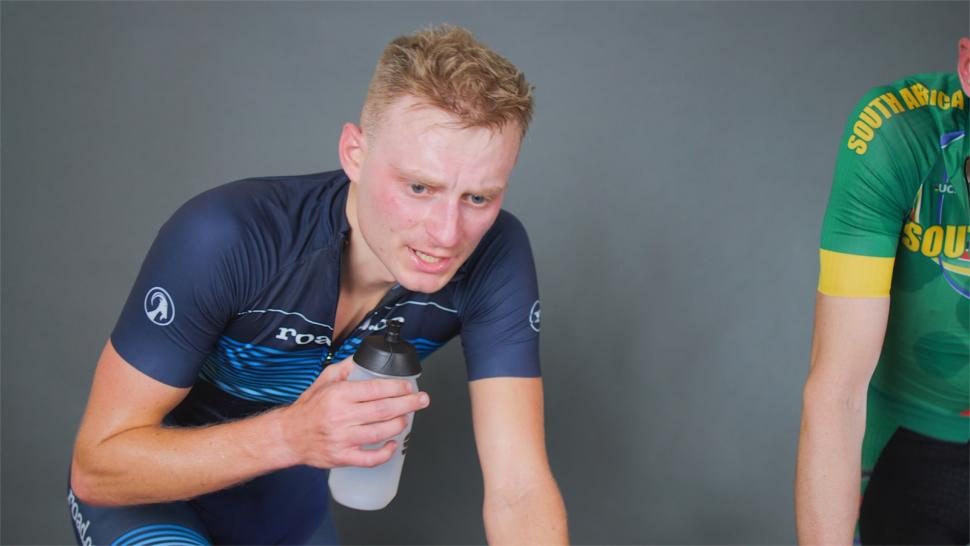
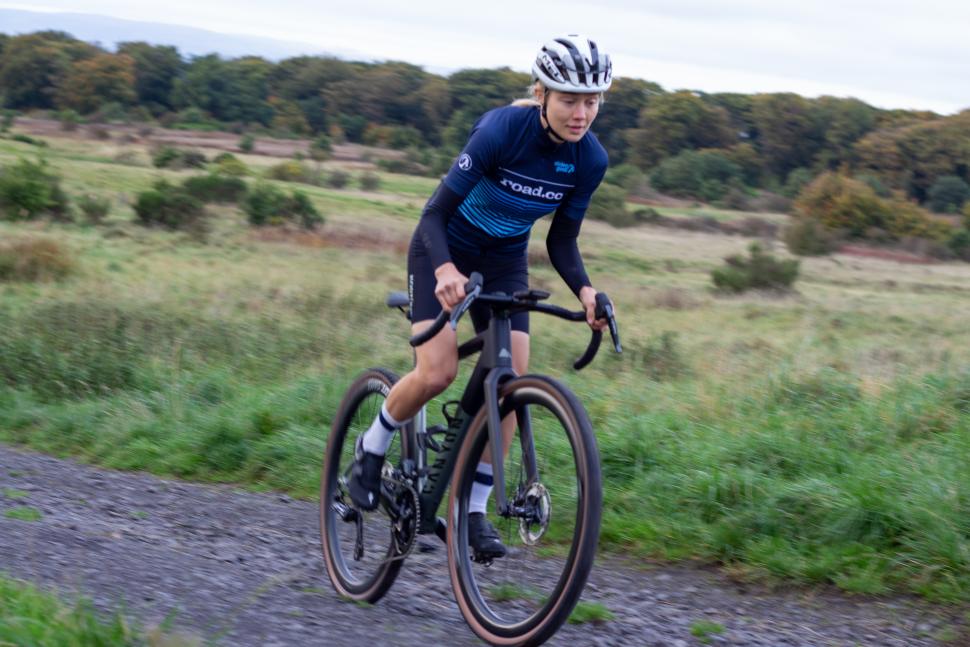
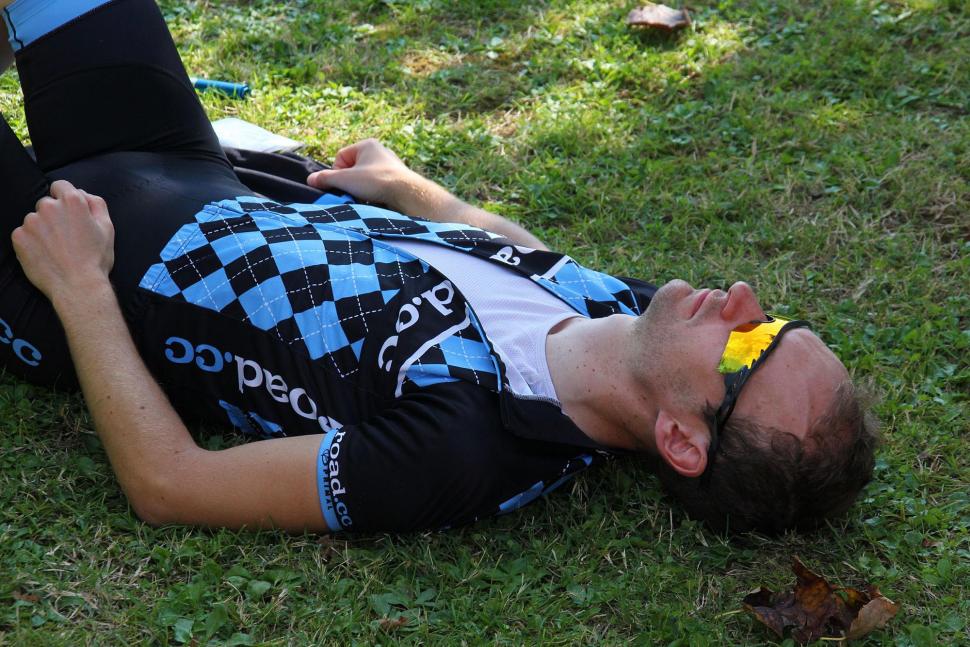
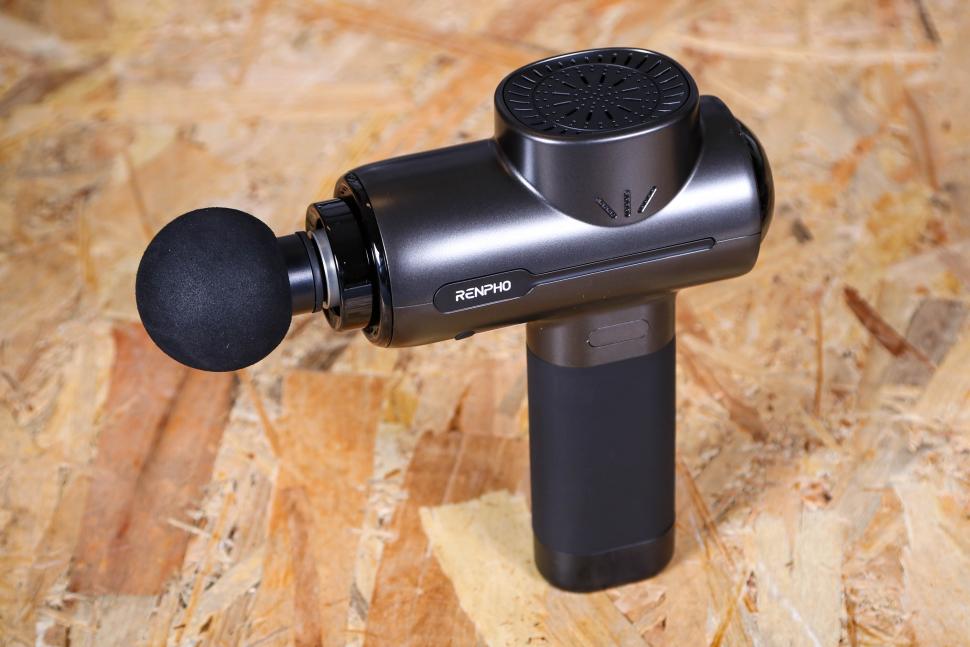

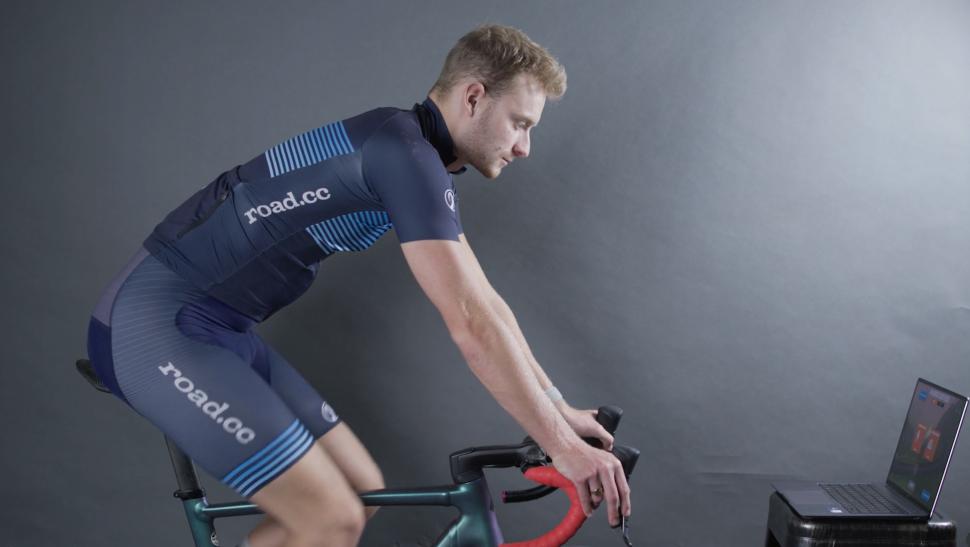
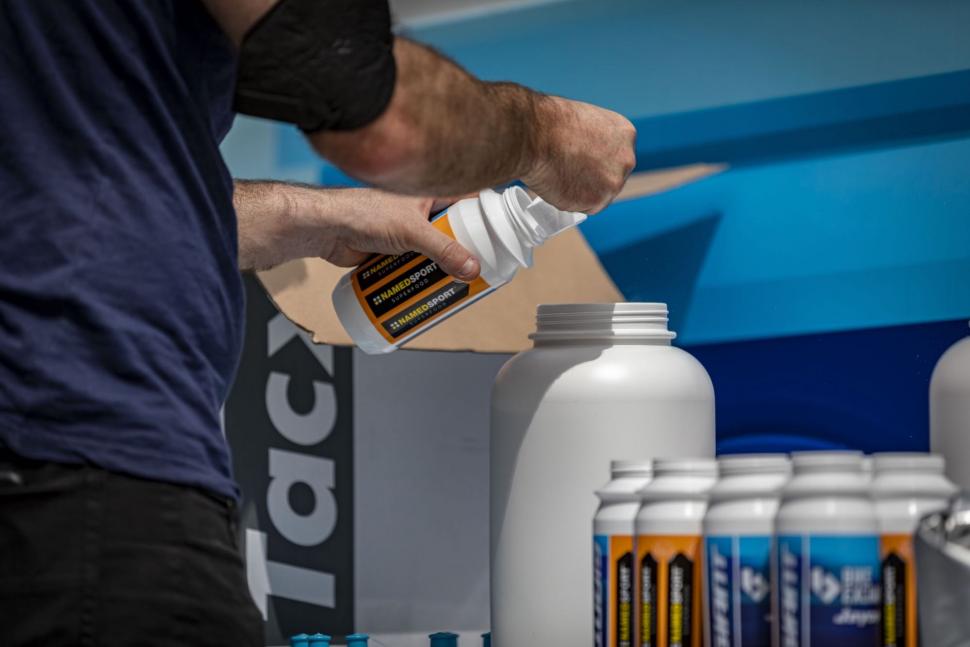


Add new comment
3 comments
Spend a tenner and buy yourself a copy of Christie Aschwanden's excellent book 'Good to Go' which debunks most sports recovery myths not least of which is the sleep tracker. Let's face it you know if you've had a crap night's sleep and tracking sleep is just one more thing to angst about. The Aschwanden book will save you a small fortune on ultraprocessed nonsense and worthless electronic gizmos all of which can be saved for something more sensible...like another bike!
https://www.waterstones.com/book/good-to-go/christie-aschwanden/97815098...
I agree. It is one of the best sports training books I have ever read.
I just took a rare five days off due to holiday travel and events, and on yesterday's ride I found it sustainable to go 18-19 MPH (29-31 km/h) on the flat, into a slight headwind... on my Brompton! I felt much stronger than usual.
I only did it for a minute, but I had to stop not because I was winded, but to wait for my father and son who do not ride a lot. Still, we had a lovely 16 mile ride together with a brewery stop.